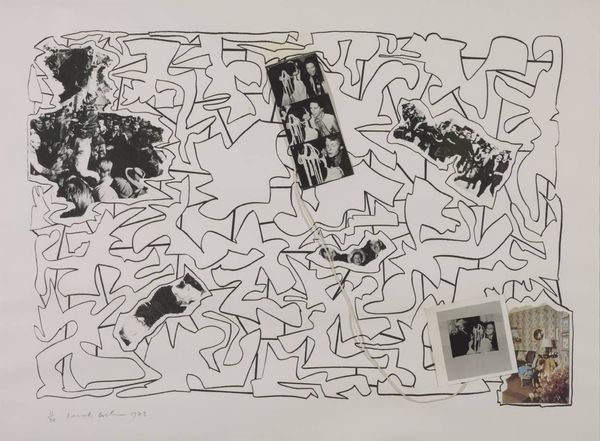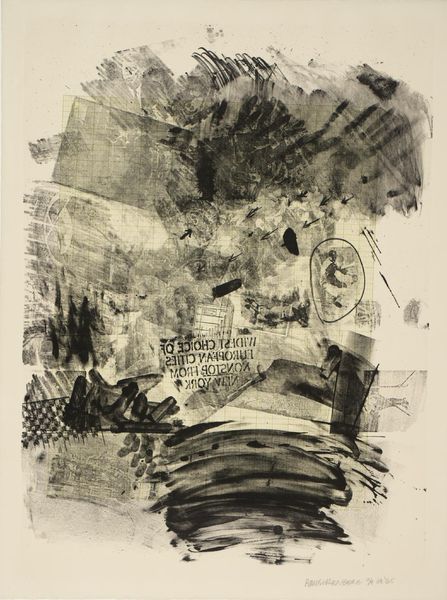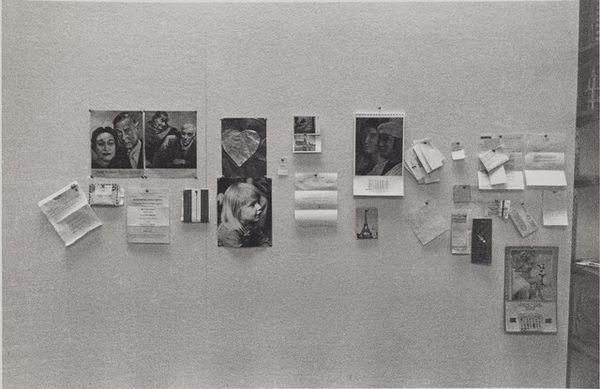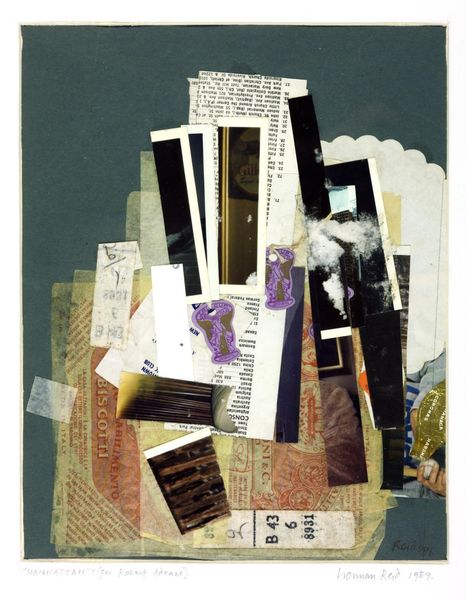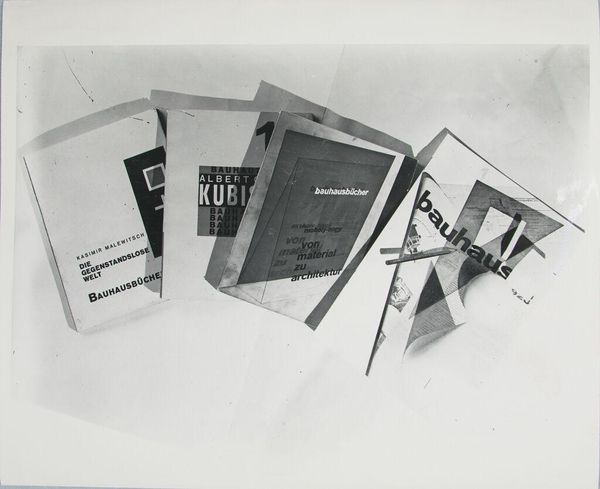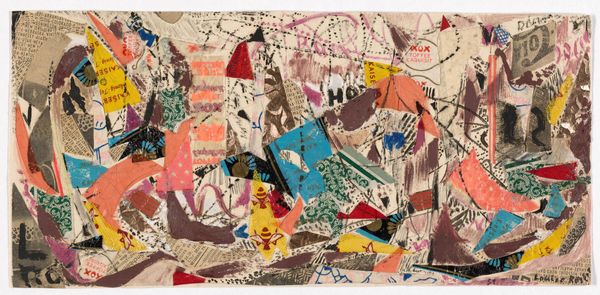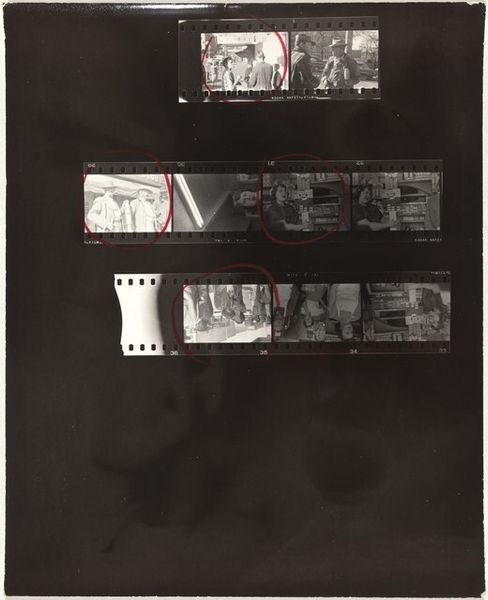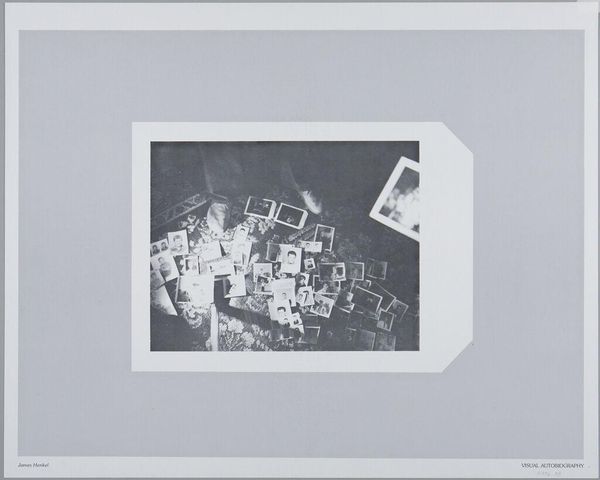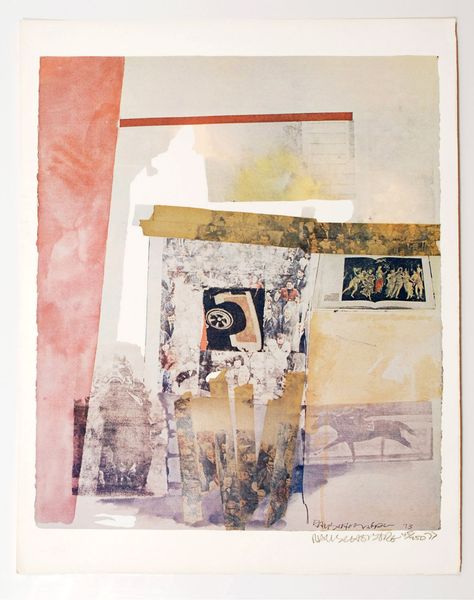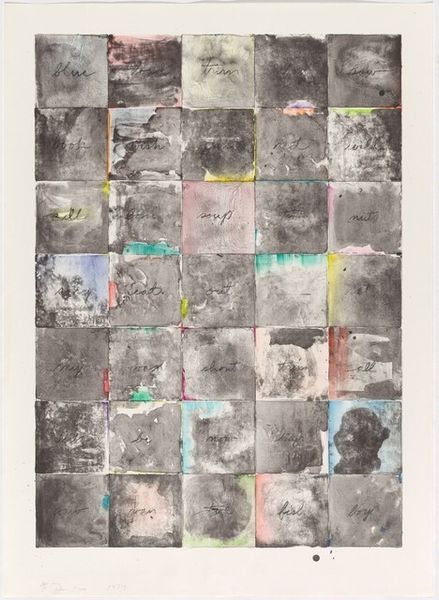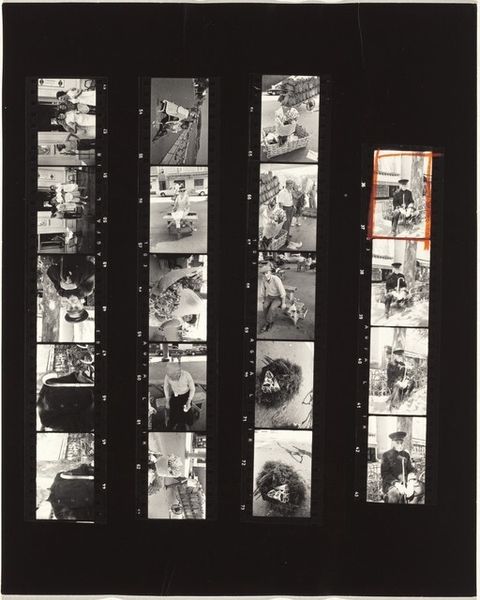
collage, print, photomontage
#
art-nouveau
#
collage
# print
#
black and white format
#
dada
#
photomontage
#
black and white
Copyright: Public domain US
Curator: Here we have John Heartfield’s photomontage from 1919, titled "The Sunny Land," a Dadaist composition in black and white. It seems so crowded and chaotic at first glance. What strikes you initially? Editor: The immediate feeling is… oppressive, actually. All those clippings crammed together—it feels like a mental space overwhelmed by noise. And is that a soldier, amidst all that Dada text? Curator: Indeed. This work is quite loaded with symbolism. Notice how Heartfield combines images of authority figures, fragments of text, and references to German culture. It reflects a turbulent postwar Germany. Editor: So, the Dada references serve to mock traditional institutions and the establishment? It’s definitely a rejection of order. Curator: Precisely. "The Sunny Land" becomes bitterly ironic, no? Dada was born of disillusionment, and Heartfield masterfully employs photomontage to indict the political climate and societal contradictions of the time. Those fragmented texts seem like shouts in the street... Editor: Yes, there's that fragment "Nur am Rhein, da will ich leben!" ("Only on the Rhine, there I want to live!") a patriotic sentiment undercut by the surrounding chaos, as if homeland is more of a jumble than a home. And a face almost concealed beneath the Dada letters. It evokes anxiety and fragmentation, as does a reference to "Faust". The layers of meaning suggest the country had made a pact with dark forces... Curator: And there's an invocation to the Virgin Mary, set next to revolutionary calls. It speaks to how deeply divided and fraught the country was during the Weimar Republic. A culture war happening in visual form. Editor: Given the benefit of hindsight, we can now interpret the overall mood as incredibly prescient and almost chilling. All that anxiety distilled into a seemingly simple collage. A land turning far from sunny. Curator: It reveals much about how anxieties take hold through collective visual memory. Art such as this holds power to reveal what surfaces and resurfaces through our own projections. Editor: Exactly, to reveal our collective blind spots. Heartfield forces us to acknowledge the complexities, rather than fall for propaganda. Thank you, John Heartfield, for never allowing complacency.
Comments
No comments
Be the first to comment and join the conversation on the ultimate creative platform.
